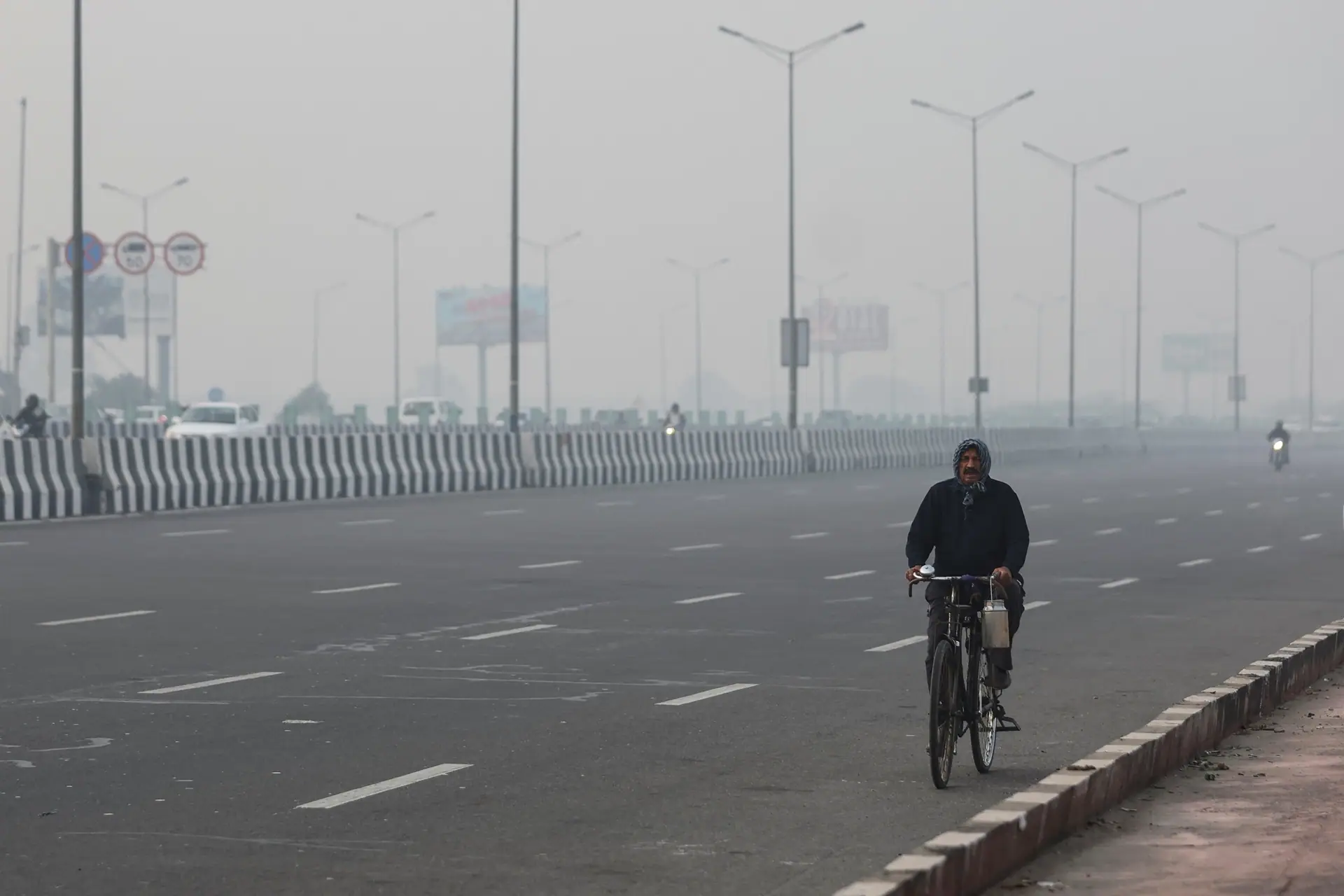New Delhi, Nov 12 (Reuters): A toxic haze began to circulate in New Delhi on Sunday as people in the city of 20 million, which has struggled with heavy pollution recently, defied a ban on firecrackers on the night of Diwali, the annual Hindu festival of light.
Smoke plumes were visible across the sky as revellers let off firecrackers in the evening to mark the country’s biggest festival.
Every year government authorities or India’s Supreme Court impose bans on firecrackers – but only rarely do those bans appear to be enforced.
The Air Quality Index (AQI) across all 40 monitoring stations in the capital averaged 219 on a scale of 500, according to the federal pollution control board data, indicating “poor” conditions that can affect most people on prolonged exposure.
The AQI data also showed that the concentration of “PM2.5” poisonous particulate matter in a cubic metre of air was around 100 micrograms per cubic meter – 20 times higher than the World Health Organization’s (WHO) recommended maximum.
Globally, air pollution was the worst in India’s eastern city of Kolkata, while Delhi was the fifth-most polluted, according to Swiss group IQAir.
Doctors say the air quality is likely to worsen on Monday as smoke from firecrackers lingers in the air, potentially causing itchy eyes and irritation in the throat.
“I can see my patients are getting distressed. As a society we have not understood the value of clean air,” said Desh Deepak, a senior consultant at Delhi’s Dr. Ram Manohar Lohia Hospital.
Some Hindus resent the Diwali firecracker bans, which they see as an attempt to interfere with them observing their religious festivals.
Earlier in the day, Delhi’s Environment Minister Gopal Rai had urged citizens to steer clear of firecrackers to prevent citizens from having breathing problems later.
Just before the weekend, a spell of rain had brought some relief to the city, where the AQI dipped below 160 after hovering around the 400-500 level over the past week.
The world’s most polluted capital typically experiences heavy smog in the winter months as particulate matter gets trapped in the cold air, leading to spikes in cases of respiratory distress.
Q&A
What was the Air Quality Index (AQI) in New Delhi during Diwali, and what does it indicate?
The AQI in New Delhi during Diwali averaged 219 on a scale of 500, indicating “poor” conditions. This level can adversely affect most individuals upon prolonged exposure.
How does the concentration of “PM2.5” in the air during Diwali compare to the World Health Organization’s (WHO) recommended maximum?
The concentration of “PM2.5” during Diwali was around 100 micrograms per cubic meter, 20 times higher than the WHO’s recommended maximum of pollutants in the air.
Which city globally experienced the worst air pollution, and where does New Delhi rank in terms of pollution levels?
Globally, Kolkata had the worst air pollution, while New Delhi ranked as the fifth-most polluted city, according to Swiss group IQAir.
Which city globally experienced the worst air pollution, and where does New Delhi rank in terms of pollution levels?
Globally, Kolkata had the worst air pollution, while New Delhi ranked as the fifth-most polluted city, according to Swiss group IQAir.
What health concerns are associated with the lingering smoke from Diwali firecrackers in New Delhi?
The lingering smoke from Diwali firecrackers in New Delhi is expected to worsen air quality, potentially causing itchy eyes and irritation in the throat, leading to respiratory distress.
Why do some Hindus resent the Diwali firecracker bans?
Some Hindus perceive the Diwali firecracker bans as interference with their religious festivals, expressing resentment toward the restrictions imposed on their traditional celebrations.
This report is given by Reuters. The Sen Times holds no responsibility for its content.

